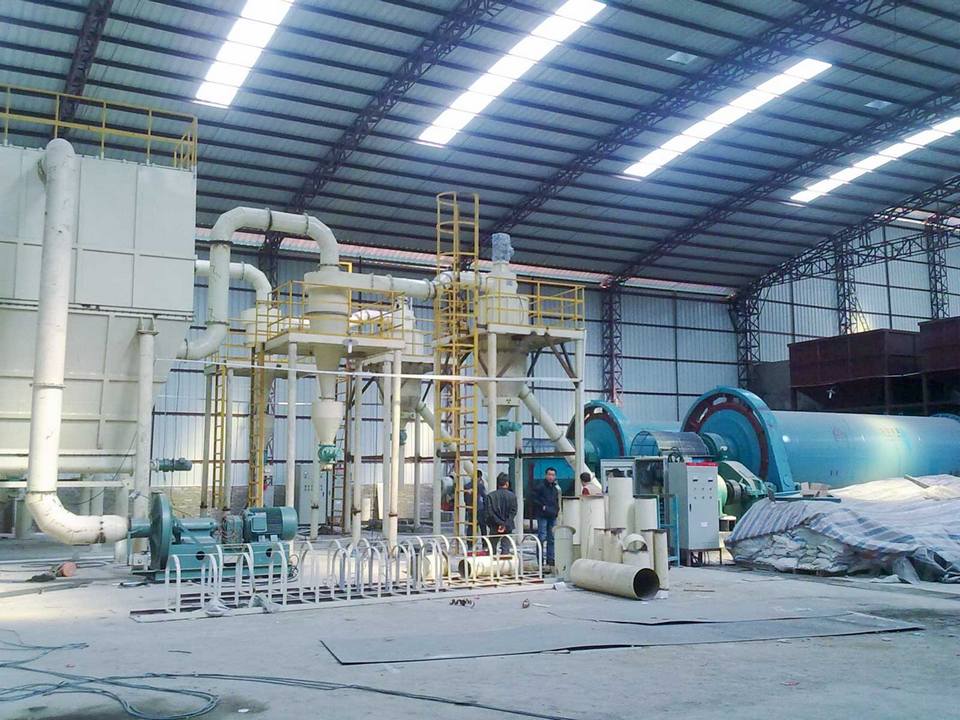Several Methods to Improve the Grinding Efficiency of Ball Mill
The low grinding efficiency of the ball mill, low processing capacity, high production energy consumption, and unstable product fineness are the problems that most concentrators will encounter. How to effectively improve the grinding efficiency of the ball mill is an important issue.

- Change the grindability of raw ore
The hardness, toughness, dissociation and structural defects of the original ore determine the difficulty of grinding. If the hardness is small, the ore is easy to grind, the wear of the mill liner and the steel ball is small, and the energy consumption is small; otherwise, the situation is just the opposite. The nature of the original ore directly affects the productivity of the factory.
In production, if it is difficult to grind ores or needs to be finely ground, if economic and on-site conditions permit, a new treatment process can be used to change the grindability of the ore:
One method is to add some chemicals in the grinding process to improve the grinding effect and improve the grinding efficiency.
Another method is to change the grindability of the ore, such as heating the minerals in the ore, changing the mechanical properties of the entire ore, and reducing the hardness.
- More crushing and less grinding to reduce the grinding particle size
If the grinding particle size is large, the mill needs to perform more work on the ore. In order to achieve the required grinding fineness, the workload of the ball mill is bound to increase, so energy consumption and power consumption will also increase.
In order to reduce the size of the grinding feed, it is required that the particle size of the pulverized product should be small, that is, “more pulverize and less grind”. Moreover, the grinding efficiency is significantly higher than the grinding efficiency, and the grinding energy consumption is relatively low, about 12%-25% of the grinding energy consumption.
- Reasonable filling rate
When the speed of the ball mill is fixed and the filling rate is large, the steel ball will hit the material many times, the grinding area is large, the grinding effect is strong, but the power consumption is also large. The filling rate is high, which is easy to change the motion state of the steel ball and reduce the impact effect on the large particle material. On the contrary, the filling rate is too small, and the grinding effect is poor.
At present, many mines set the filling rate to 45%~50%, which is not necessarily strictly reasonable, because the actual conditions of each beneficiation plant are different. Copying the ball load data of others cannot achieve the ideal grinding effect. It should be determined according to the situation. .
- Reasonable ball size and proportion
Due to the point contact between the steel ball and the ore in the ball mill, if the diameter of the ball is too large, the crushing force is also great, causing the ore to break along the direction of the penetration force instead of along the interface. Crushing is not selective and cannot meet the purpose of grinding.
In addition, in the case of the same steel ball filling rate, the steel ball diameter is too large, resulting in too few steel balls, the possibility of crushing is low, the phenomenon of excessive crushing is aggravated, and the product particle size is uneven. Because the ball is too small, the crushing force on the ore is small, and the grinding efficiency is low. Therefore, the correct ball size and ratio have an important influence on the grinding efficiency.
